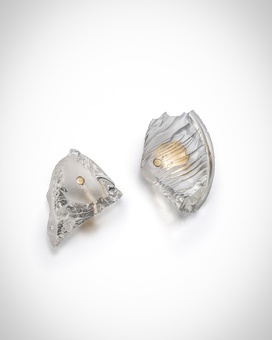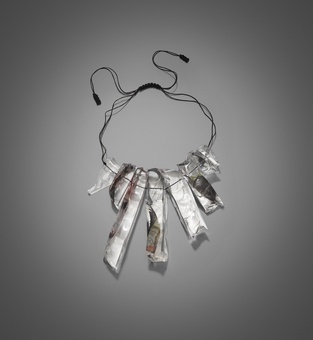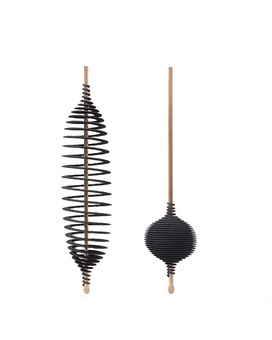Largest Blue HPHT Synthetic Diamond in GIA Lab
/A 5.03 ct Fancy Deep blue HPHT synthetic diamond was examined by GIA (left). Faint but sharp color zoning was observed (middle, field of view 4.77 mm) along with small metallic inclusions and a cavity at the girdle (right, field of view 2.19 mm). Photos by Sood (Oil) Judy Chia (left) and Kyaw Soe Moe (center and right)
The largest faceted colorless HPHT-grown synthetic diamond reported to date is a 10.02 ct E-color, VS1-clarity specimen, cut from a 32.26-carat piece of rough, was reported by IGI Hong Kong in 2015. The diamond was grown by NDT, or New Diamond Technology, is one of the founding members of the new International Grown Diamond Association. Recently, large colorless and near-colorless HPHT-grown diamonds by the Russian company have been investigated by GIA laboratories. The sizes ranged up to up to 5.11 ct. In January 2016, GIA’s New York laboratory examined a 5.03 ct fancy-color HPHT-grown type IIb synthetic diamond produced by NDT. this is the largest faceted blue laboratory-grown diamond studied so far.
The notes from GIA's lab report stated that the 5.03-carat diamond exhibited a number of traits characteristic of diamonds grown using the high-pressure, high-temperature (HPHT) process, including color zoning and a cuboctahedral growth pattern. The stone was graded a VS1, fancy deep blue.
"This emerald-cut synthetic diamond was color graded as Fancy Deep blue. This is a very attractive color with no other color component, a prized rarity among natural type IIb diamonds (the Blue Moon, for instance, was graded as Fancy Vivid blue). When viewed under a microscope, faint but sharp color zoning could be seen, indicative of the uneven impurity incorporation of HPHT synthetic diamonds. No strain was observed under crossed polarizers, indicating a very low dislocation density, which is also characteristic of HPHT-grown diamonds. It had VS1 clarity, with only very small metallic inclusions and a cavity observed at the girdle. Fluorescence and phosphorescence images collected using a DiamondView instrument revealed the sample’s cuboctahedral growth pattern, another feature of HPHT synthetics. The long-lasting chalky blue phosphorescence was further analyzed using spectroscopy, and the emission was found to originate from two broad bands centered at approximately 500 and 575 nm (figure 2, right). These bands have previously been reported in NDT’s type IIa and IIb HPHT synthetic diamonds (D’Haenens-Johansson et al., 2015). "
The evaluation of a lab-grown blue diamond of this size is considered by the researchers to be so significant that they opted to publish Lab Notes online ahead of the next quarterly edition of Gems & Gemology.
To read Lab Notes GIA.edu



















